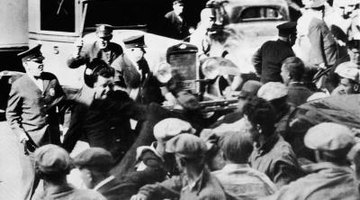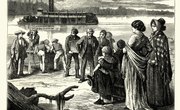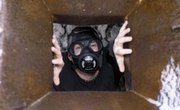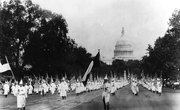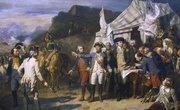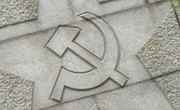The post-WWI era was a time of critical change for the labor movement in America. After being credited as an important supporter of the war effort, unions were suddenly vilified as anti-American enemies. In a battle that monopolized newspaper headlines, workers demanding better wages and safety standards were pitted against industrialists who called union members "anarchists." Multiple factors, including the postwar "Red Scare," violent police retaliation and increased economic hardships, led to increased labor unrest in the 1920s.
The Red Scare
During WWI, Americans were taken by a fervent patriotism that created black-and-white categorization of those who were and those who were not "American enough." Conscientious objectors, immigrants and trade unionists were all labeled as "unpatriotic" and potentially dangerous. Inspired by George Creel of the United States Committee on Public Information, this extremist patriotism spurned the Red Scare that pitted previously supportive Americans against unions. Fear that strikes would lead to a communist revolution spread, and unions were labeled as radical entities led by Bolsheviks.
Police Brutality and Violence
Fear of a communist uprising and pressure to maintain production contributed to a significant increase in troop involvement in labor disputes. In 1922, President Warren Harding appealed to 28 states to provide policing at mines. Police and paramilitary troops quickly became regular figures at labor demonstrations and work sites. Troop involvement incited violence -- often leading to the death of unarmed demonstrators. In 1927, six unarmed strikers, including one child, were killed at Rocky Mountain Fuel in Colorado. In 1929, six strikers were killed and 24 others were injured, without warning, as they stood outside Marion Manufacturing Co. in North Carolina.
Decreased Union Membership
Union membership decreased in the 1920s from 5 million to just 3 million. The sharpest decline in membership came between 1920 and 1923. As membership numbers declined, so did activity. When the U.S. Supreme Court outlawed picketing and overturned minimum wage and child labor laws that members had fought for, morale plummeted. Many shops voted to go non-union, leading to an overall decline in union strength.
Economic Hardship
After WWI came to a close, unionists banded together to demand wages that were representative of the postwar inflation economy. Unfortunately, as the battle between labor and industry ignited, economic hardships hit the working class. The "Roaring Twenties" brought high unemployment and hardships for workers that weren't yet protected by the unemployment benefits that would come decades later. The Great Depression further crippled unions and workers as wages were decreased.
Related Articles
References
Writer Bio
Based in the Pacific Northwest and educated at the University of Washington, Rosanne Tomyn has been writing historical, cultural and political articles since 2005. Tomyn was awarded the International Labor Communicators Award for Best Profile and Best Labor History Story in 2011.

